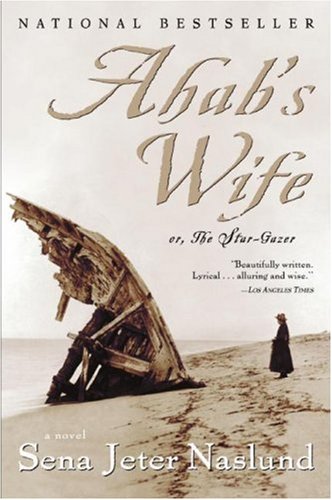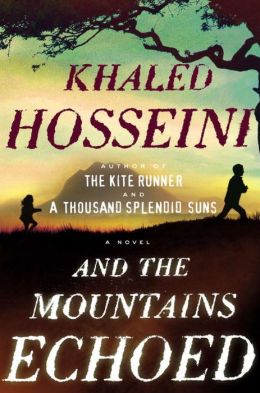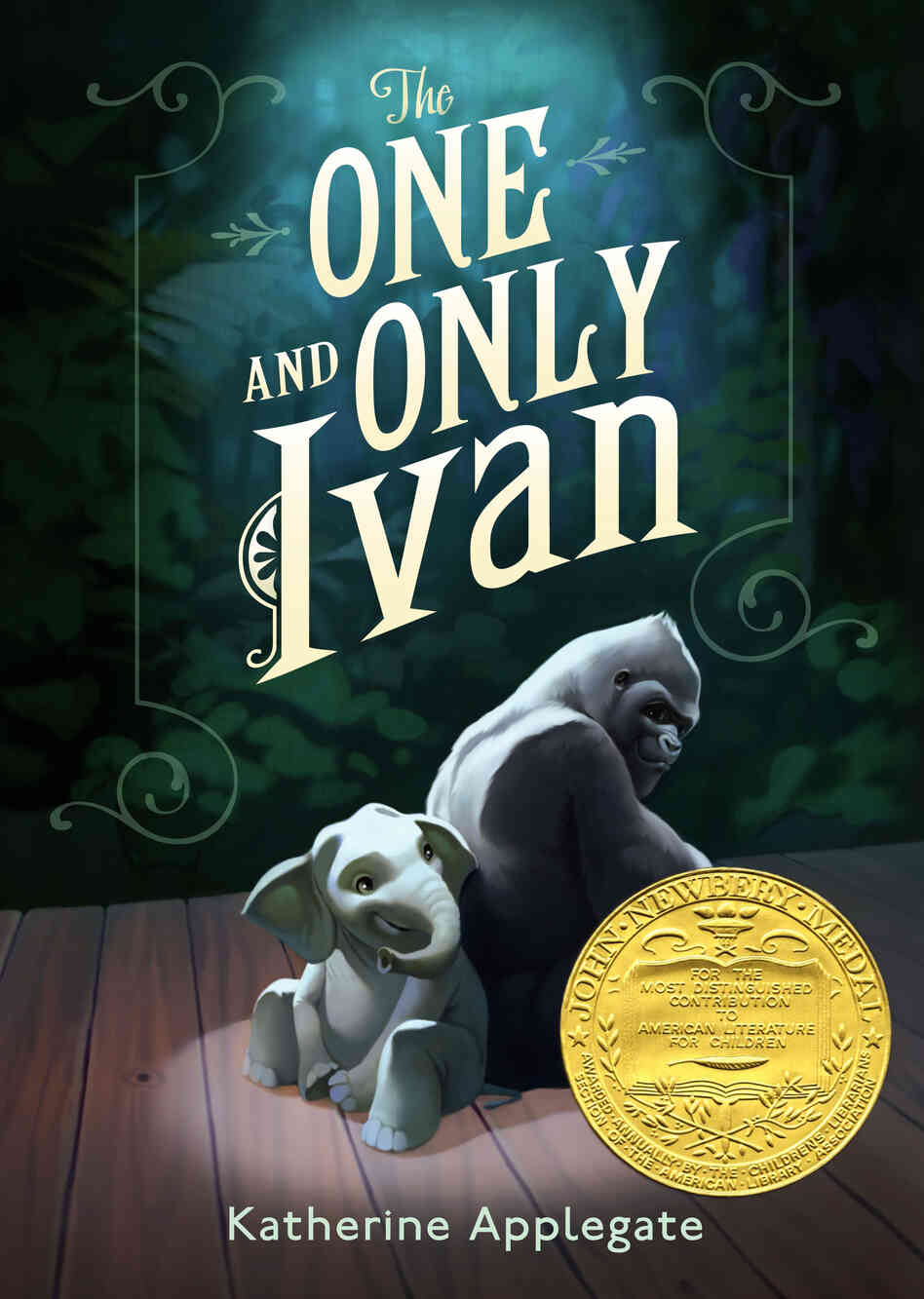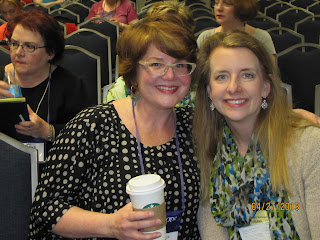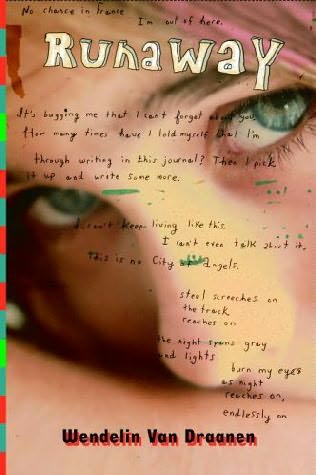
Bibliography
Van Draanen, Wendelin. Runaway. New York: Alfred A. Knopf, 2006. Print.
image from: http://img1.fantasticfiction.co.uk/images/n32/n162759.jpg
My Thoughts
A student recommended I read this book. Glad she did. WOW! This was a great story, and I now have another book to recommend to my "reality" fiction readers.
This is Holly's story. Holly is twelve and has runaway from another foster home. This time, though, is different because she has a journal and a plan.
At the beginning of the novel, Holly is resentful of the journal. She hates her teacher that gave it to her to write down her thoughts and feelings. "You think writing will get me out of here? You think words will make me forget about the past? Get real, Ms. Leone!" (Van Draanen 1). She continues to write. She begins to emerge. She transforms. "Maybe I was mean to you. Maybe you really did care" (Van Draanen 46). By the end of the book, she realizes that the journal is one thing that helped her survive her situation. "The most important thing is that this journal made me feel less alone. Like I had someone to talk to" (Van Draanen 244). It has become her most prized possession. She writes, "You can steal my money, you can steal my food, but man, touch my journal and I'm going to beat the crud out of you! It's mine, you hear me?" (Van Draanen 127).
Her situation: I felt empathy for Holly. She was truly a victim of circumstance. Her father was killed in a tractor accident that sent her mother running into drugs, eventually overdosing and leaving Holly thrown into the foster care system. She is placed and fights it. She is placed again and again until the people who are bond to help her actually fail her. They don't listen. They don't believe. My heart breaks for Holly because I realize that this happens. How many times have "good intentions" turned into a horrible situation? She leaves the last home and decides she will head west and become a sea gypsy. She stows away on a bus and makes it to California.
Holly is a survivor. She's a quick thinker and has been to exposed to more "life" than most grown adults. She is aware of her surroundings and figures out how to make it. The journal helps her. Just as she resisted writing, she resists people, but as she spends more time on the streets, she realizes that not all people are the problem. She also realizes "how ungrateful I've been. I can walk, I'm healthy...I've got a lot more than I think I do" (Van Draanen 159). Pretty powerful revelation from a twelve year old homeless girl!
Writing poetry becomes an outlet. As she rages against her life, she creates some beautiful stanzas. In one poem, she writes, "I'm mad at everything and everyone. Why am I having to go through this? What did I ever do to deserve this?" (Van Draanen 150). My sentiments for her as well.
Books and dogs help her. She finds libraries whenever she can and reads as much as she can. She relates to dogs and cares for them. She wants to become a veterinarian and take care of dogs
Fortunately, I have never had to live on the streets to survive. I've never been hungry enough to eat out of trash cans or steal food. I have never lived in a cardboard box covered in trash bags. I don't know if I could find a soup kitchen by watching other people. I've always had someone I could call given the opportunity.
One person that helps Holly is Louise K. Palmer. She is a homeless woman who thinks Holly is her daughter. Holly pretends so that she can enter the shelter and get a warm meal, shower and clean clothes. Holly makes up a story about Louise's life, "and while I was making up the story, I pretended that the comb was a magic comb, and that it was untangling all the knots of her life" (Van Draanen 51). I liked the imagery here.
Another person that helps Holly is the rescue-wagon lady. Not only does she feed Holly (and other homeless people), she notices Holly. "In the background, just observing, she noticed" (Van Draanen 131). This means so much to Holly. Finally, an adult who sees the good in her. The rescue lady not only feeds the homeless, she defies the police to do it. I was proud of her for throwing the sandwiches.
Walt Lewis and his wife also try to help Holly. They give her a warm bed for a few nights and food, but their "good intentions" drive her away and back onto the streets.
When Holly finds abandoned stuff, she believes she's having good luck. Then she feels confused. "Here I've snagged some homeless guy's sleeping bag, I'm using his mat, eating his food, cashing in his cans...He's homeless. How low can you go?" (Van Draanen 187). This good luck doesn't last long and forces her to move around again.
Holly meets Sammie at the soup kitchen. Holly finds out that Sammie's life is not what Holly imagined. Sammie is serving in the soup kitchen for required community service. Sammie ends up taking Holly to meet Vera and Meg. When I finished this book, I read the author's note and found out Sammie was actually the first story Van Draanen wrote (Sammy Keyes and the Sisters of Mercy), but so many readers wanted "to know more about the homeless girl that Sammy rescues in the story" (Van Draanen 247).
We leave Holly's story when she stays with Vera and Meg. This mother-daughter duo looks like a great fit for Holly.
I love the last poem Holly leaves us
scraps of love
torn and tattered
faded, scattered
trashed
threads of hope
frayed and tangled
broken, mangled
dashed
backing, buttons
yarn and batting
quilted tenderly
wrapped up in
this warm repair
my patchwork family
(Van Draanen 242).


